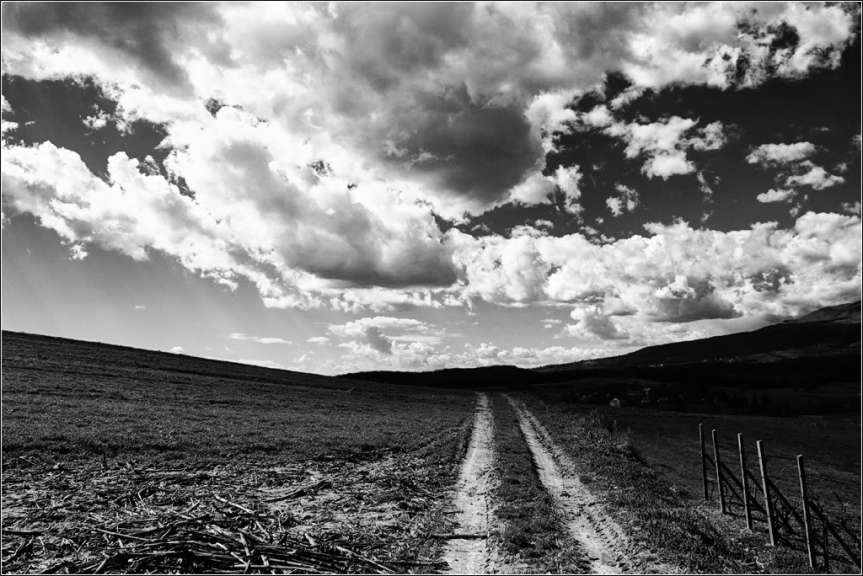In a new book titled TV (THE BOOK): Two Experts Pick the Greatest American Shows of All Time, two motion picture critics make their case for The Simpsons as a list-topper.
While this excerpt from their study isn’t exactly academic (look to Edward J. Fink’s analysis for an example of a rigorous analysis of The Simpsons‘s vast and sustained appeal), Sepinwall and Seitz do a really effective job of justifying the series’ success within through its social, historical, narrative, characterisational (← neologism?), and philosophical contexts in a relatively brief essay.
The authors address several fan concerns, even touching upon (but not by name) the divisive Jerkass Homer concept on which many fans base their proportionately declining interest in the series’ later seasons. Some fans contend that a particular episode demonstrates a marked, unpleasant shift in Homer’s character in which he goes from lovably stupid and oblivious family man to a selfish and somewhat malicious “jerkass*”. Sepinwall and Seitz (2016) phrase it best when they say, “The Rorschach test episode for this question tends to be ‘Homer’s Enemy’ from season 8, where new plant employee Frank Grimes is driven mad by the realization that Homer is an incompetent drowning in unearned privilege while Frank, a smarter, more hardworking, more ethical person, struggles and suffers.”
Of course, for some, the concept of Jerkass Homer is a contributing factor to the perceived decline in quality following Mike Scully‘s ascension to the series’ showrunner throne. Referred to as “the Scully Years” or “the Scully Era”, seasons 8 – 12 demonstrate for some fans a marked downturn in the calibre of the writing. Some fans take an extreme perspective on this, referring to this period as the beginning of the Zombie Simpsons era. These guys aren’t kidding; they even have a manifesto. Other fans, however, have reconsidered the Scully Era in light of the Jean Era. But I digress! This is, as they say, a whole ‘nother conversation (or thesis, as is the case for some).
So, back to the book and the rather bold statement therein! Naturally, I couldn’t agree with the authors more; in its freshness, brilliant satire, ever-improving animation, and excellent vocal and animated performances, The Simpsons is far and away the best show ever.
This brings me to my second and third questions: do you agree that The Simpsons is the best show ever? Please elaborate! Also, if you’re a Simpsons fan, do you agree about the existence/nature of the Jerkass Homer phenomenon?
*This shift also accompanies the introduction of a phrase that Homer exclaims a number of times throughout the 8th and several subsequent seasons, “Outta my way, jerkass!” The writers, who have followed online fan criticism since the series’ (and before the internet’s) inception, even acknowledged this phenomenon through dialogue. In the 16th season episode “Mommie Beerest”, Homer sarcastically proclaims “That’s me, Jerkass Homer!”


